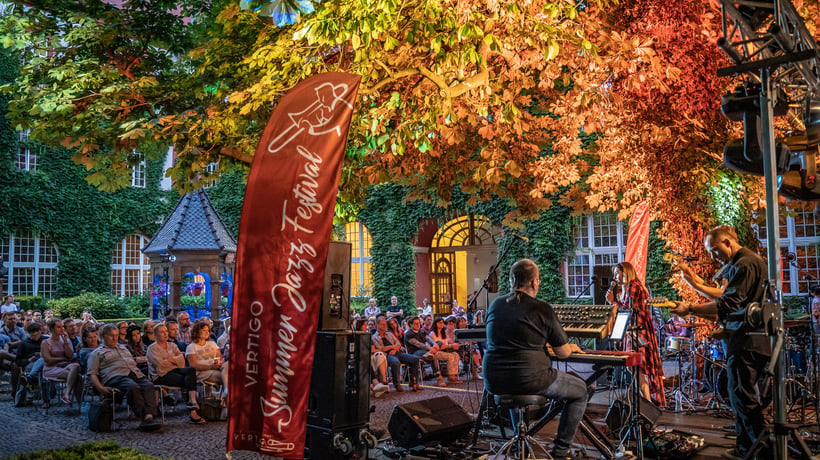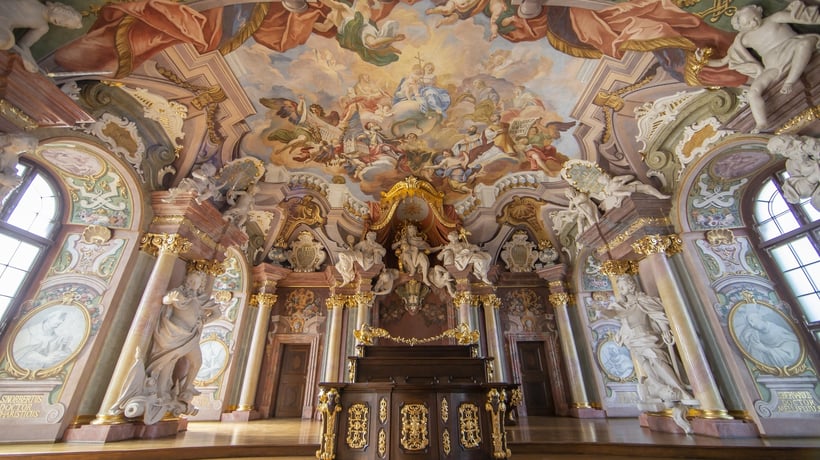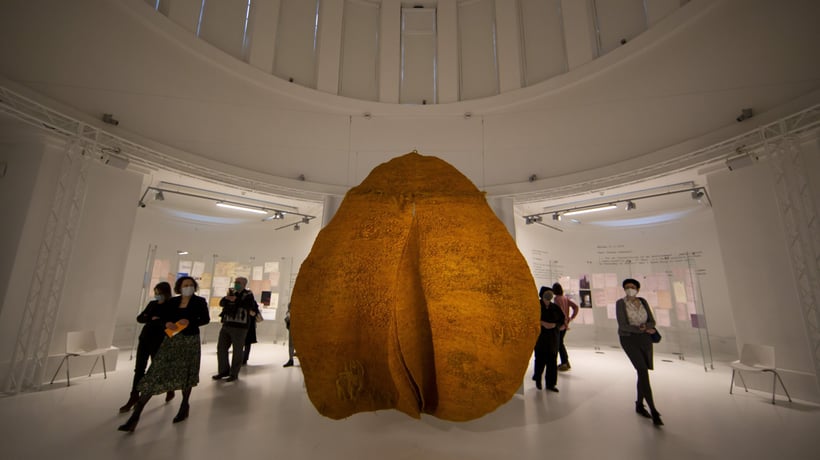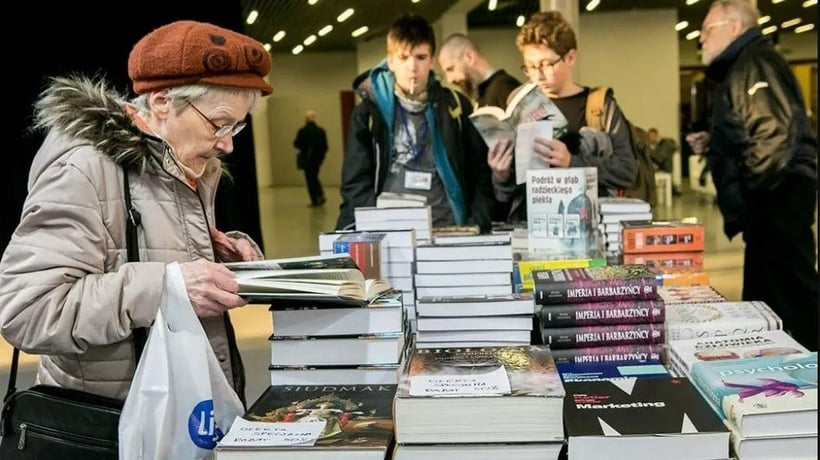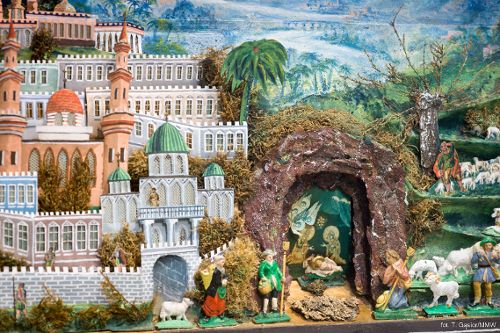Cantor David, Sar Shalom's son, died in August 1203. His tombstone is held at the Wroclaw City Museum, Royal Palace, Wroclaw.

Photograph: Tomasz Walków
With more than 800 years of its history, the Jewish community in Wroclaw have experienced both harmony and many tragedies. In the 13th century, the Jews were under the jurisdiction of the local dukes, who gave a guarantee to protect their personal safety as well as the safety of their property and their cemeteries. Concurrently, Church authorities were trying to restrict the rights of the Jewish community. In 1267, the clergy forced the Jews into a ghetto in the area of today's ul Uniwersytecka, Kuźnicza, Nożownicza, Św. Barbary and Więzienna. Its inhabitants primarily dealt in trade and crafts, but there were also bakers and butchers in the ghetto.
Map: Following Wroclaw Jews
In the 14th century, Wroclaw saw first pogroms against its Jewish community. In 1453, the Franciscan preacher John of Capistrano arrived in Wroclaw. He accused the Jews of sacrilege. Forty-one Jews are burnt at the stake as a result while others had their property confiscated and were exiled from the city. Two years later, Vladislaus II of Bohemia and Hungary prohibited the Jews to settle in the capital of Lower Silesia. For more than two hundred years, the Jews would visit Wroclaw only occasionally, e.g. during large fairs. They returned for good in 1657. In 1772, the Jewish community in Wroclaw counted 775 members.
It was not until the 1990s that the Jewish community in Wroclaw reclaimed the White Stork Synagogue. Since rabbis began to arrive in the city, the synagogue started to perform its religious functions again. At present, the building also serves a venue for concerts, theatrical performances and film screenings. A number of events that are held in the synagogue and the surrounding area are inspired and promoted by the Bente Khan Foundation. The Jewish community runs a Jewish school, and the Department of Jewish Studies was established at the University of Wroclaw. The Jewish religious community of Wroclaw counts ca. 300 faithful.

The Jewish cemetery in ul Lotnicza. Photograph: Tomasz Walków
The history of the Jewish community is attracting a growing interest in Wroclaw. The Jewish residents of the then Breslau are now more frequently visiting the city, and the number of people who are passionate about Jewish history is also on the rise. New books, journals, guides and maps are also published. For instance, a publication by the Wroclaw City Museum "Śladami Wrocławskiej Gminy Żydowskiej do czasów Holocaustu" can serve as a great introduction into the rich history of the Jewish community in Wroclaw.
Based on the resources from: Wroclaw City Museum, Bente Kahan Foundation, Museum of the History of the Polish Jews, "Gazeta Wyborcza" daily and Radio Wroclaw.
Photographs: Tomasz Walków.


![Following Wroclaw Jews [MAP, PHOTOS]](https://www.wroclaw.pl/cdn-cgi/image/w=840,h=480,fit=crop,f=avif/en/files/news/16248/cmentarz-slezna-019.jpg)


